SUMMARY
This is AI generated summarization, which may have errors. For context, always refer to the full article.
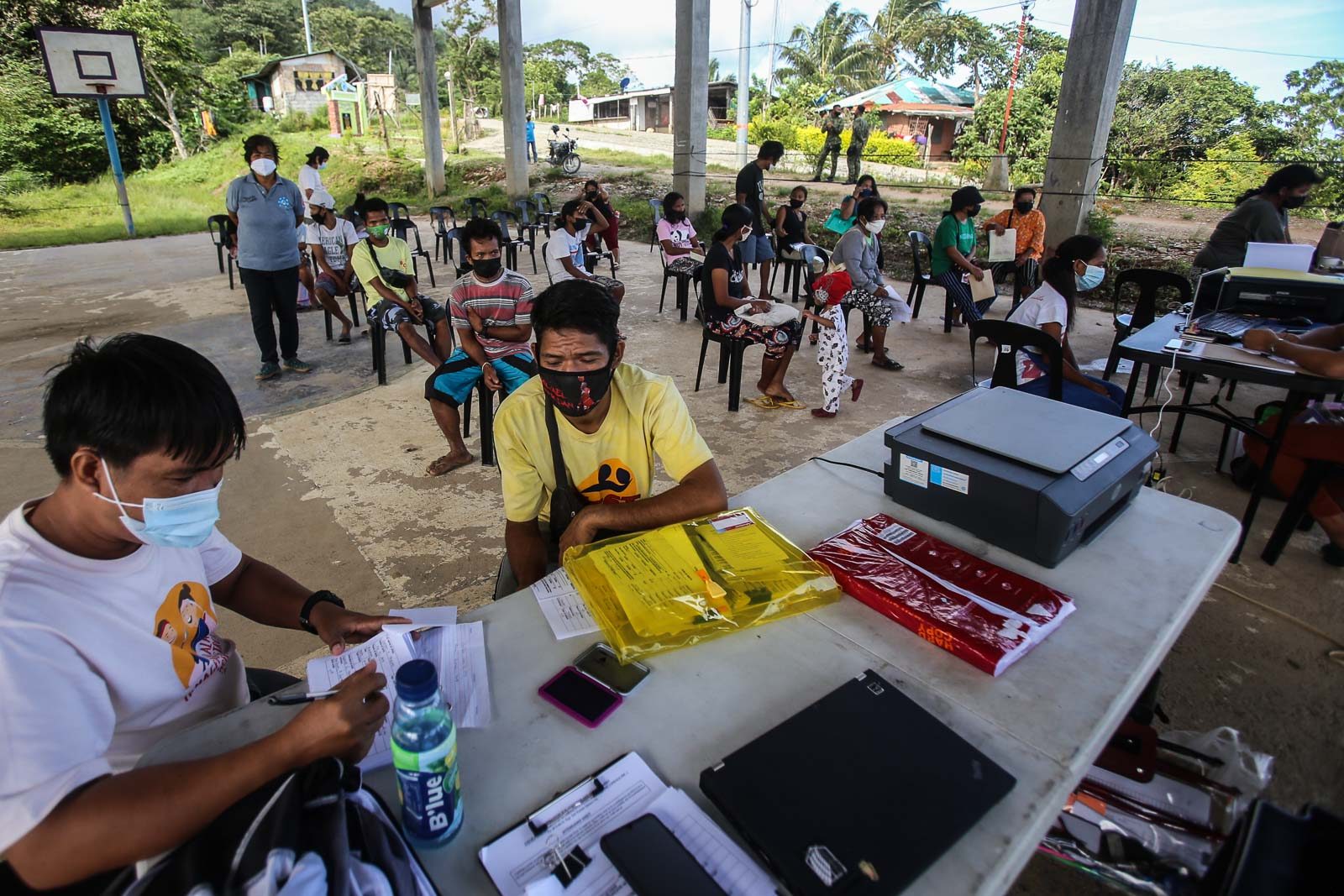
MANILA, Philippines – Supporters of candidates that don’t carry the colors red or green will find glaring in the latest Pulse Asia 2022 preference survey: Ferdinand “Bongbong” Marcos Jr., only son and namesake of the late dictator, and Sara Duterte, eldest daughter of the incumbent president, have substantial leads over their rivals.
They also dominate all geographic groups and socio-economic classes – or at least those covered by the Pulse Asia poll.
Missing from at least the last two election surveys – January 2022, released in February; and February 2022, released over two weeks later in March 2022 – include only respondents from classes C, D, and E and none from the two highest classes, A and B.
“None of our randomly selected respondents could be classified as Class AB,” explained Ronald Holmes, Pulse Asia president, in a message to Rappler on Monday, March 14, the day the results of the February 18-23 survey was released to the public.
Pulse Asia, explained Holmes, first picks – on random – a city or municipality, then a barangay, then specific households. “Socio-economic class is only determined after random selection,” he explained.
There’s also a reason why Class AB is harder to survey, even before a pandemic made face-to-face activities extra difficult – gated communities, such as subdivisions and condominiums, make it harder to reach potential respondents.
In previous polls, including Pulse Asia’s December 2021 election survey, socio-economic classes were divided into three: Class ABC, Class D, and Class E. Polls conducted in the 2016 elections were also classified according to those three groups.
“Class ABC,” according to Holmes, made up around 10% of those surveyed and were composed mostly of people under Class C.
Class AB, said Holmes, is difficult to estimate but he pegs the country’s most rich as just 1% of the voting populace.
Preference polling typically ramps up as election day draws near, although the February 2022 survey released in March 2022 is only the first since the official campaign period began.
In the February 2022 poll, Class C composed 8% of respondents, Class D1 was the biggest chunk at 61%, Class D2 at 18% and Class E at 13%. Marcos was the top choice across all social classes.
Among Class D, second to Marcos was Vice President Leni Robredo with 14% preference. Robredo, who was a distant second to Marcos, was strongest among Class C (17%). – Rappler.com
Add a comment
How does this make you feel?
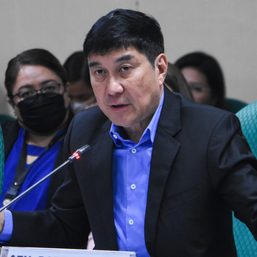

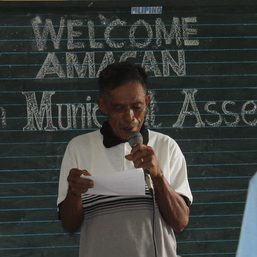
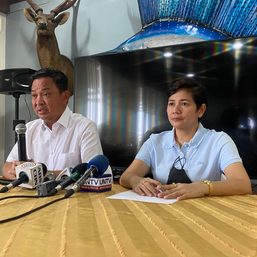
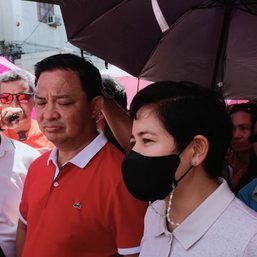
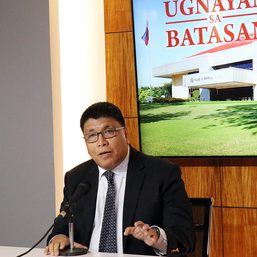
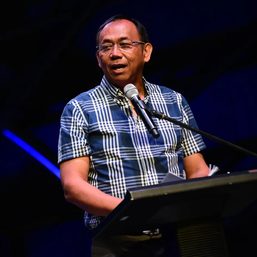
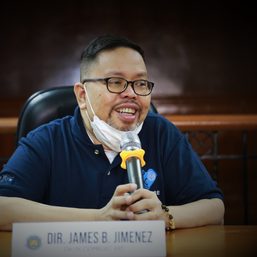
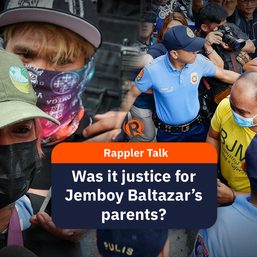
![[New School] Tama na kayo](https://www.rappler.com/tachyon/2024/02/new-school-tama-na-kayo-feb-6-2024.jpg?resize=257%2C257&crop=290px%2C0px%2C720px%2C720px)
There are no comments yet. Add your comment to start the conversation.